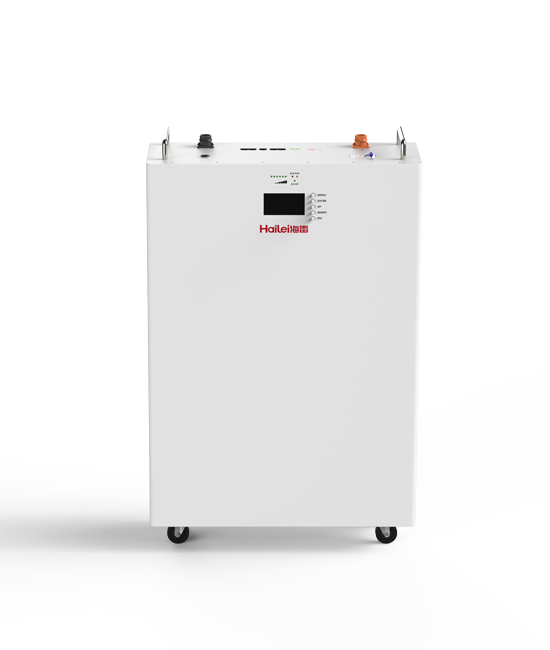Time:Aug 29, 2023 Views:527
Lithium batteries are divided into lithium batteries and lithium-ion batteries. 3C products actually use lithium-ion batteries, commonly known as lithium batteries. However, real lithium batteries are rarely used in daily electronic products due to their high risk. Lithium batteries are batteries made of lithium metal or lithium alloy as negative electrode materials and use non aqueous electrolyte solutions. Their specific energy is extremely high, but there are safety hazards. The positive electrode material of a lithium battery is manganese dioxide or thionyl chloride, and the negative electrode material is lithium. After the battery assembly is completed, the battery has voltage and does not need to be charged. This type of battery can actually be charged, but its cycling performance is not good. During the charging and discharging cycle, lithium dendrites are easily formed, causing internal short circuits in the battery. Therefore, charging is generally prohibited. Lithium ion batteries mainly rely on the movement of lithium ions between the positive and negative electrodes for operation: during charging, Li+is removed from the positive electrode and embedded into the negative electrode through the electrolyte, resulting in a lithium rich state of the negative electrode; When discharging, the opposite is true. Batteries generally use materials containing lithium as electrodes, which are representative of modern high-performance batteries. The advantages of lithium-ion batteries are high voltage, high energy density, long cycle life, small self discharge, and fast charging. The disadvantages are high cost, easy aging, and low recovery rate. Currently, they are mainly used in electronic products such as mobile phones and laptops.


X

Appointment Experience